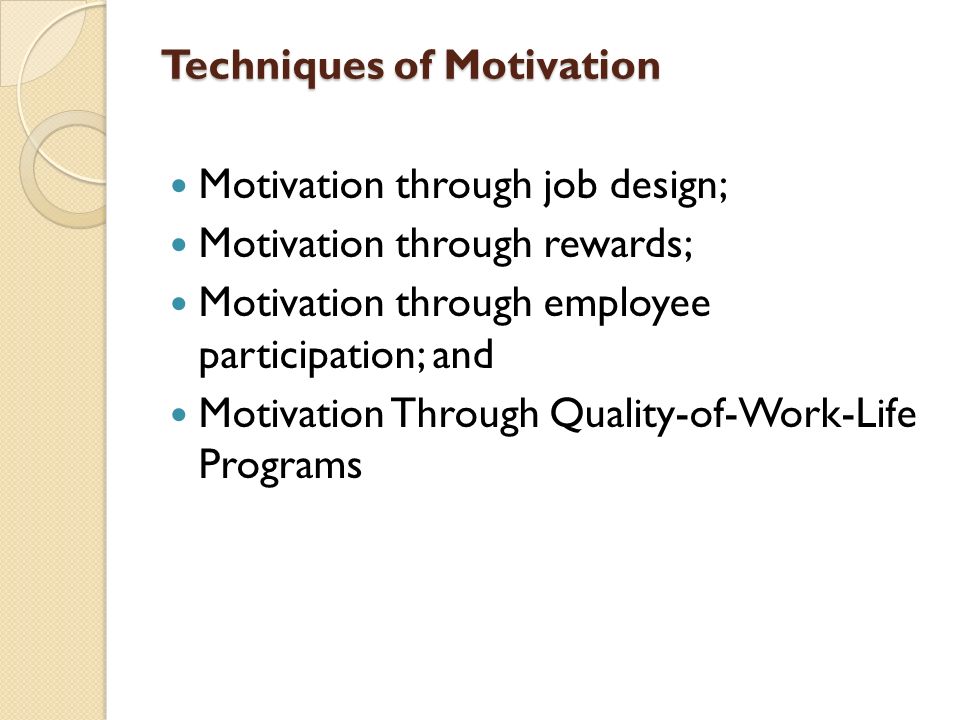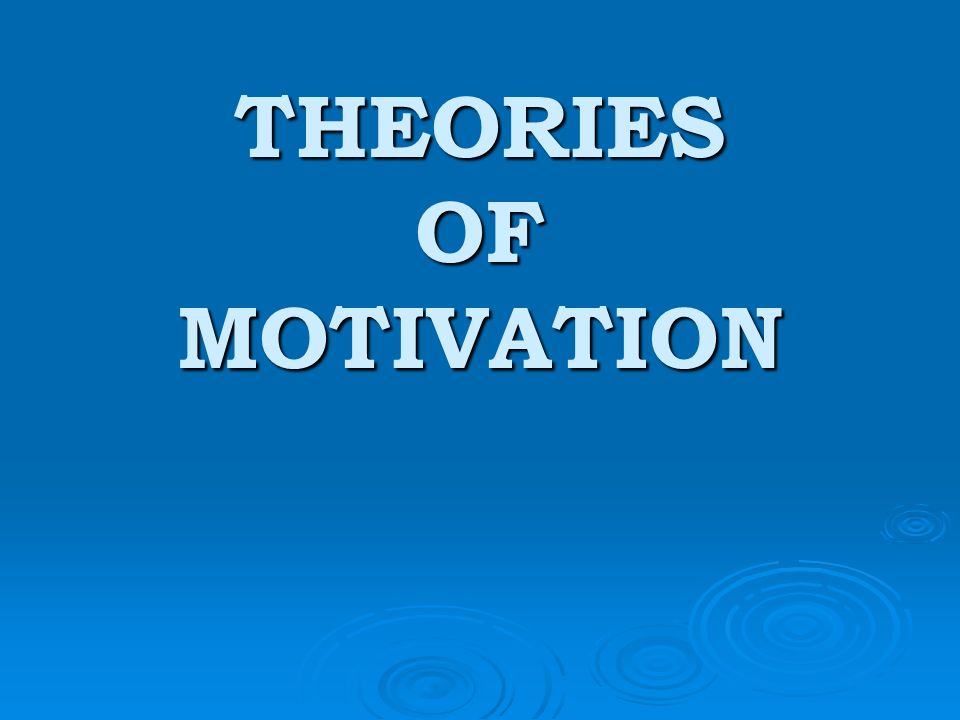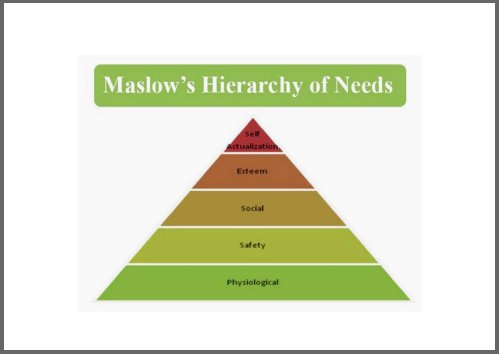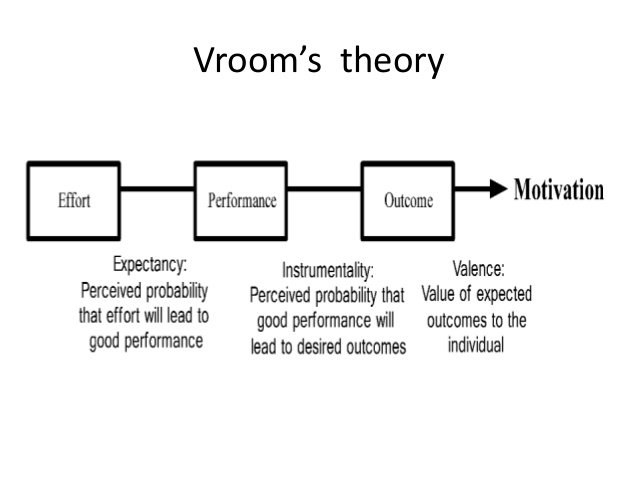Techniques and Theories of Employee Motivation
Employee Motivation
Employee motivation defined as the psychological forces which are responsible for the behavior of an employee in an organization. Various factors which may be internal or external stimulates the desires and enthusiasm in people and makes them committed and interested in attaining a particular goal.
The manager’s main role is to balance the various activities of the organization. Among these, the most important activity is “getting work done through others”. Every human being has skills, desires, and a hidden energy. As a leader, managers have to awaken the hidden talents of the employees through a powerful tool that is ‘Motivation’. Motivating the employees towards the objectives of the organization is an art.
Techniques of Motivation

Job Design
Job design is also known as the ‘Task’ design or ‘Work’ design. It is one of the core functions of the HR management. Job design is defined as an arrangement or rearrangement of contents in a job to simplify duties and responsibilities. It decides the contents of the job and fixes the duties and responsibilities, methods of performing a job, the relationship among the managers, superiors, subordinates and peers. While designing a job both the organizational and individual requirements should be balanced. Jobs should be designed to get rid of boredom and dissatisfaction to attain the high productivity and quality of work. Various techniques of job design are,
Job Enlargement
Job enlargement is a job design technique in which, a variety of related tasks is associated to reduce the boredom and monotony. Here, a job is enlarged by horizontal restructuring method that is by adding various related tasks in order to facilitate workforce flexibility.
Job Enrichment
Job Enrichment is also called as Job Enhancement and it is a vertical restructuring technique. According to this technique employees are given an additional authority, freedom to take decisions to accomplish the job, autonomy, and control.
Job Rotation
This technique is used to make the employees expertise in performing various tasks. In job rotation employees are shifted between two or more jobs at regular time intervals in order to expose them to different experiences and to wider their skills.
Job Simplification
It is a job design technique in which a job is broken into simple tasks to facilitate higher productivity and to reduce the mental or physical effort of the employees. Job simplification creates interest towards performing simple tasks.

Rewards
Employers use the rewards to motivate the employees and encourage them to reach the individual and organizational objectives. Rewards are of two types,
Intrinsic Rewards
These are internal and psychological rewards which motivate the employees to reach the objectives. For example, an employee feels good about accomplishment of the task.
Extrinsic Reward
These rewards are given by others which include incentives, compliments, monitory benefits, bonuses and trophies, etc. Extrinsic rewards affect an employee’s intrinsic motivation and help to reach the desired goals which in turn force to gain the extrinsic rewards.
Employee participation:
In employee participation, employees are empowered and are involved in decision-making. Once the employees are well informed, educated and trained regarding problem-solving then the managers may transfer decision-making authority to the employees. It is a good motivational tool, which motivates the employees to be responsible for reaching the desired goals.
Quality of work life programs
Work life program represents maintaining a balance between family care, personal time and work. The wellness programs involve providing exercise facility, counseling regarding health, weight loss and smoking. If the managers allow flexible working hours and work from home whenever necessary then it acts as a powerful motivational tool.
Theories of motivation

Maslow’s need hierarchy:
In 1943, Abraham Maslow proposed a theory in psychology ‘Maslow’s hierarchy of needs’. He described a pattern of human motivations usually moves through a hierarchy. In this theory, Maslow arranged all the human needs in a hierarchy and it is represented by a pyramid, in which most fundamental needs are placed at the bottom. The hierarchy of needs includes physiological needs, safety needs, belonging needs, esteem needs and self-actualization needs. In this first four needs are D-needs and self-actualization need is a B-need.

Physiological needs
Physiological needs are the most important physical requirements, which should be met first for the human survival. All the physiological needs such as air, water, food, clothing and shelter should be fulfilled. Without providing these needs human body cannot function and ultimately fails. On the basis of this employers should pay at least a minimum wage to meet these basic needs.
Safety needs
Once the physiological needs are satisfied and then need for safety arises. Safety needs are second level needs of the pyramid which includes job security, safety, personal security, health, and well-being etc.
Belonging needs
Belonging needs are third level needs and arise after fulfilling the physiological and safety needs. Human beings always search for social acceptance and sense of belonging such as friendship, intimacy, and family etc. in organizational context these belonging needs include employee participation, good relations among management, superiors, subordinates and peers.
Esteem needs
Self-esteem is the fourth level need of the hierarchy; it represents the desire to be valued and accepted by the others. Maslow explained two versions of self-esteem needs i.e. lower version and higher version.
Lower version
Lower version is the need for respect from others and it includes the need for fame, status, attention, and recognition.
Higher version
Higher version represents self-respect and these needs include self-confidence, strength, independence etc.
Self-actualization needs
Self-actualization need is the top level need of the hierarchy it refers to an individual’s desire for self-fulfillment. So the employers should give freedom and assign a right job to fulfill the self-actualization need.
Herzberg’s two-factor theory

Two-factor theory of motivation is developed by Frederick Herzberg. This motivation theory is based on the study of motivators and hygiene factors. These two factors are responsible for the satisfaction or dissatisfaction in the workplace. These are intrinsic and extrinsic motivators, where intrinsic motivators are rewards, recognition, increased responsibility, advancement, and growth. Extrinsic motivators which include salary, benefits, company policies, work environment, hygiene, and maintenance. Herzberg believes that these extrinsic factors can prevent dissatisfaction but cannot lead to satisfaction.
Vroom’s expectancy theory

Victor Vroom proposed this motivation theory and he believed that the motivation arises from the expectations of desired outcomes. This theory is based on three concepts such as valence, expectancy, and force. Employees work towards fulfilling the goals if they believe or perceive that their efforts will lead to the achievement of the objectives.
Hawthorne effect

Henry A. Landsberger proposed this theory. According to this theory employees can perform well if better working conditions are provided. Such as physical conditions, working hours and breaks etc. researchers concluded that by changing the physical conditions like lighting and working hours employees can perform better.




